CONTINGENCY OPERATING LOCATION Q-WEST, Iraq - Mississippi Army National Guard Soldiers visited the ruins of a well-preserved fortress near the village of Khan Najma, Ninewa Province, while returning to Contingency Operating Location Q-West from a mission, Feb. 3.
Soldiers with A Company, 2nd Battalion, 198th Combined Arms, 155th Brigade Combat Team, the Q-West force protection company from Hernando, Miss., explored the site, which stands on the saddle of a ridge and which, above its single gate, bears an inscription, which three interpreters said was from the Koran but was too warn to fully decipher.
"We pass by ancient ruins a lot during missions, but we don't usually have a chance to stop and see them up close," said Capt. Drew Clark, commander of A Company and a resident of Madison, Miss. "It's good for the Soldiers to see these places because they are part of a rich cultural heritage. Seeing them puts things in perspective and helps us understand the long history behind the current situation."
Taking time to study the historical landscape is worth the effort, said 1st Sgt. John L. Beasley, a Hernando, Miss., native.
"When we first got here, we were pretty busy and didn't have much of a chance to stop and see some of these places we pass near," said Beasley. "It's good to stop and look around. This is the kind of experience that the Soldiers will never forget. It's a first-hand education instead of seeing pictures in a book, and I doubt you would see a place like this in most history books because it was probably a minor outpost."
The site is impressively constructed and located, said Staff Sgt. Kevin L. Brown, a sergeant of the guard for an entry control point.
"It's amazing that this structure is still standing, especially in a war zone," said Brown, a native of Hernando, Miss. "The people who planned and built this fortress knew what they were doing. They obviously built it solid, or it wouldn't still be standing, and they gave careful thought to it strategic location. One of the things that got me most was standing on the wall and being able to see for miles around. It was amazing how far you could see. The builders couldn't have found a better location than this because this ridge commands the region as far as the eye can see."
Spc. Daniel R. Burke, a gun truck driver from Apalachicola, Fla., said he experienced a moment of connection with the warriors who once manned the ramparts.
"It's fascinating to stumble on places like this," said Burke. "You can be rolling through the desert, and nothing's around but the empty landscape. Then you stumble on something so magnificent, so well preserved. The structure itself is amazing. I could imagine the people who lived here, the soldiers, and it gave me a kind strange feeling, as if they had left a few years ago instead of hundreds of years. It made history seem so real, like the past was not so long ago."
Visiting such sites can offer American Soldiers a better historical perspective, said Staff Sgt. Michael A. Barnes, a gun truck commander from Booneville, Miss.
"It's great to see something from such a long time ago, and to see even older places here," said Barnes. "It shows that Iraqi culture goes back to the beginning of civilization. It makes you realize how young America is."
The architecture fascinated a number of the Soldiers, such as Spc. Jeffery D. Thompson, a radio operator from Wyatte, Miss.
"I paid attention to the unique architecture, the way it was built," said Thompson. "It obviously has great structural integrity, or it wouldn't still be standing after all this time. Seeing how the builders laid out the fortress was also interesting, with the stables and barracks and what might have been offices and even a latrine - that was real interesting. All the rooms had domed or arched ceilings, and I'm not used to seeing that."
Thompson thought the site should be protected and studied.
"This is an important place, not just this place but the whole region" said Thompson. "People all over the world think of this region as the 'motherland,' the place where it all began, and it's important to preserve the archeological sites."
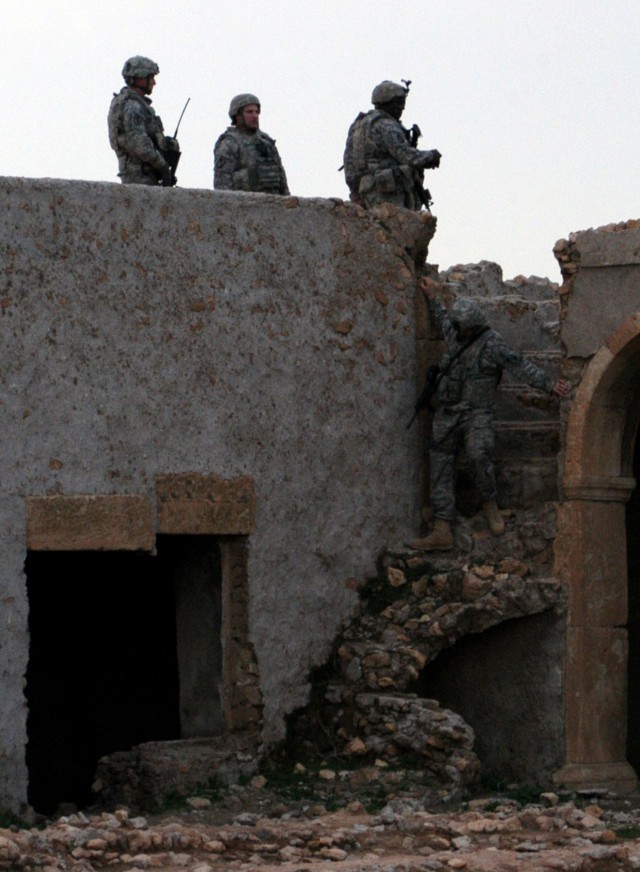

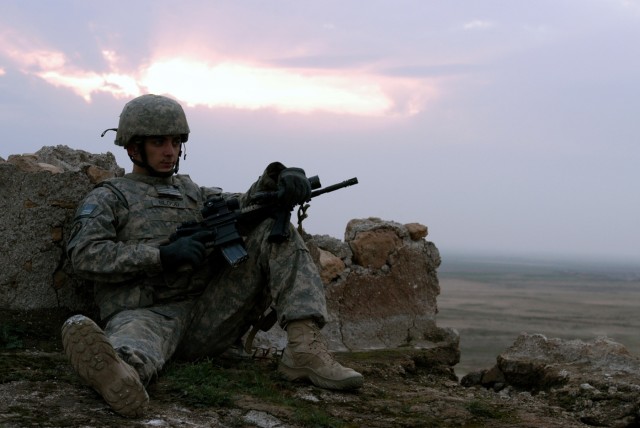
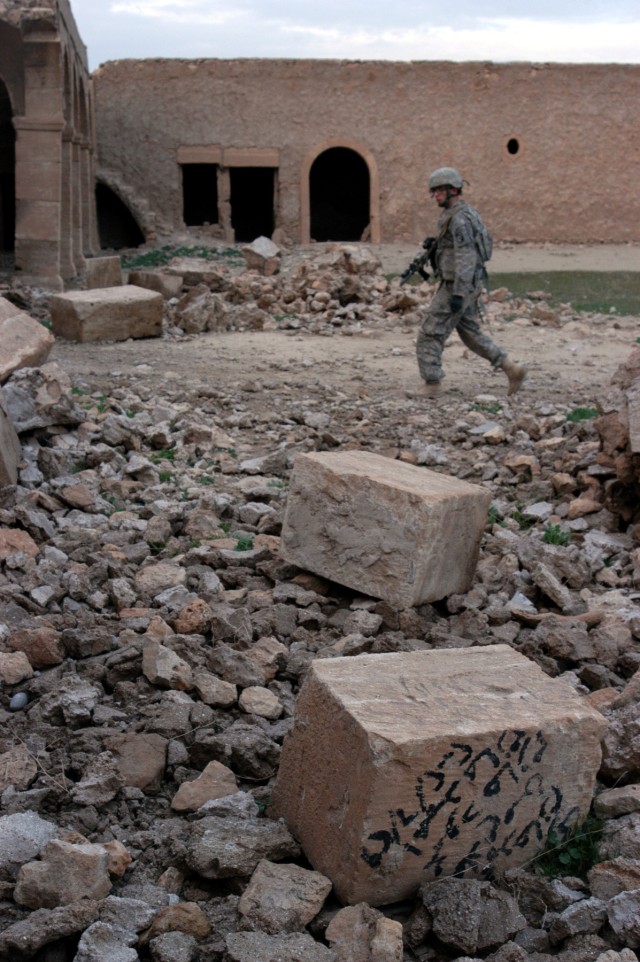
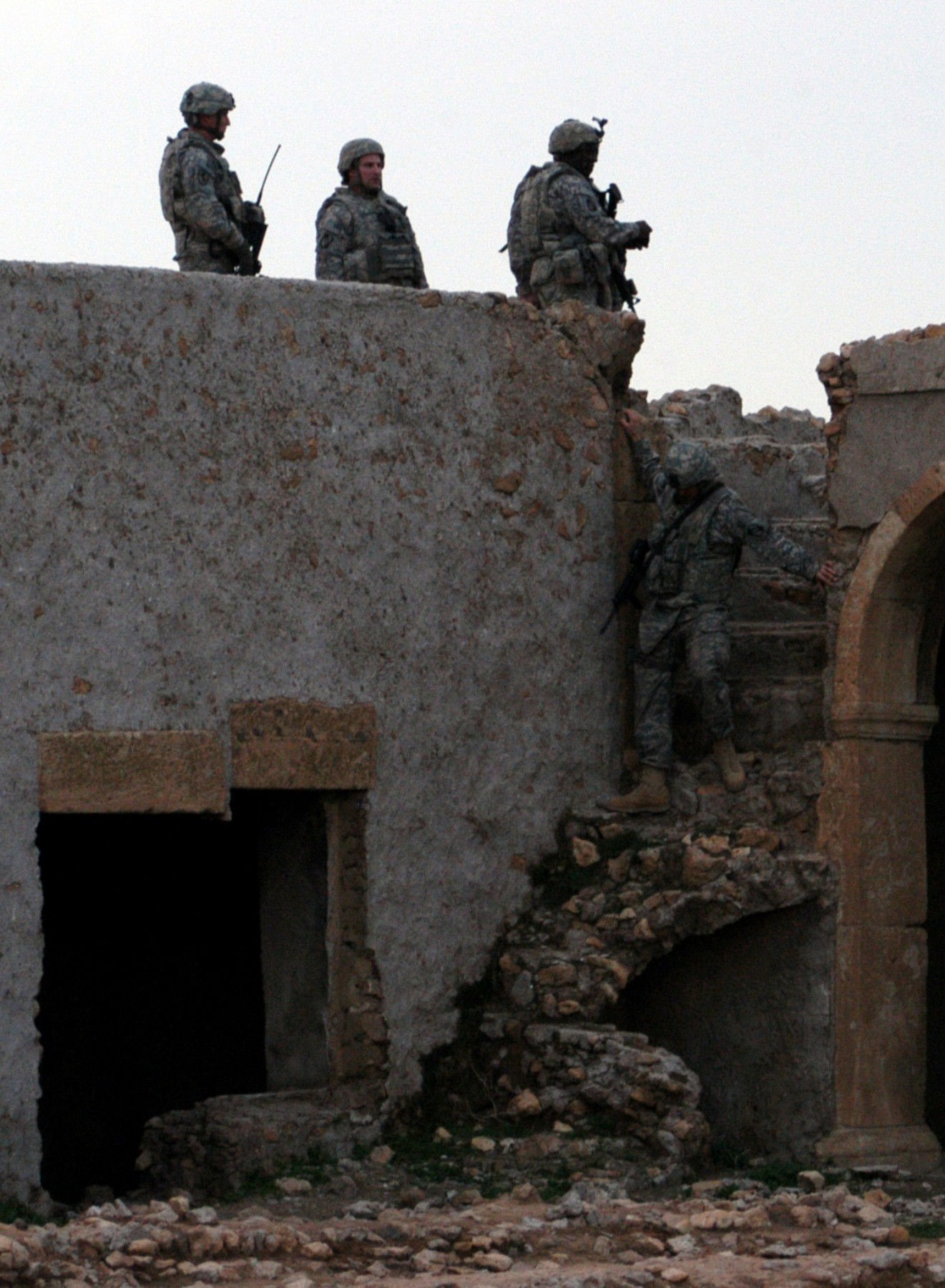
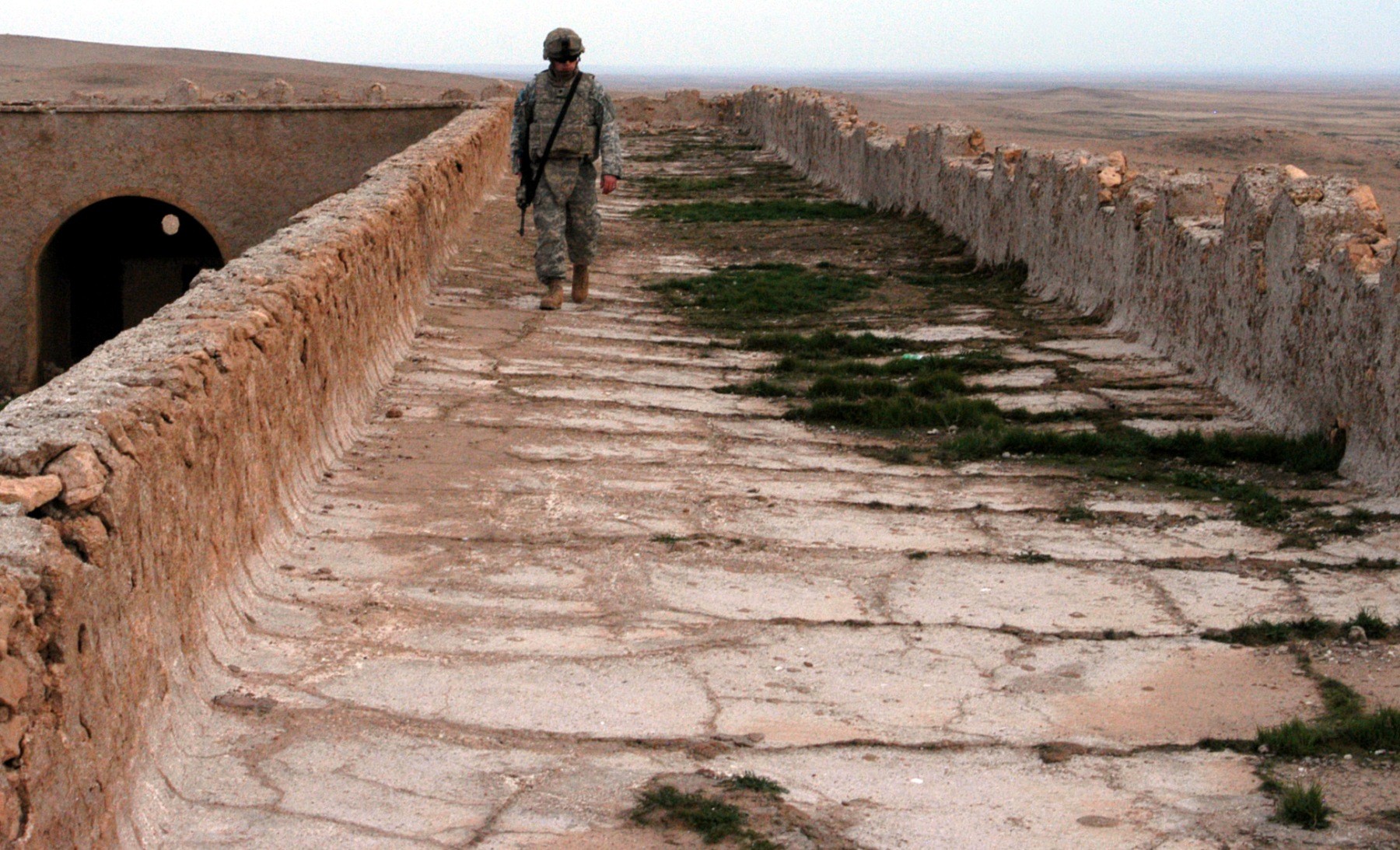
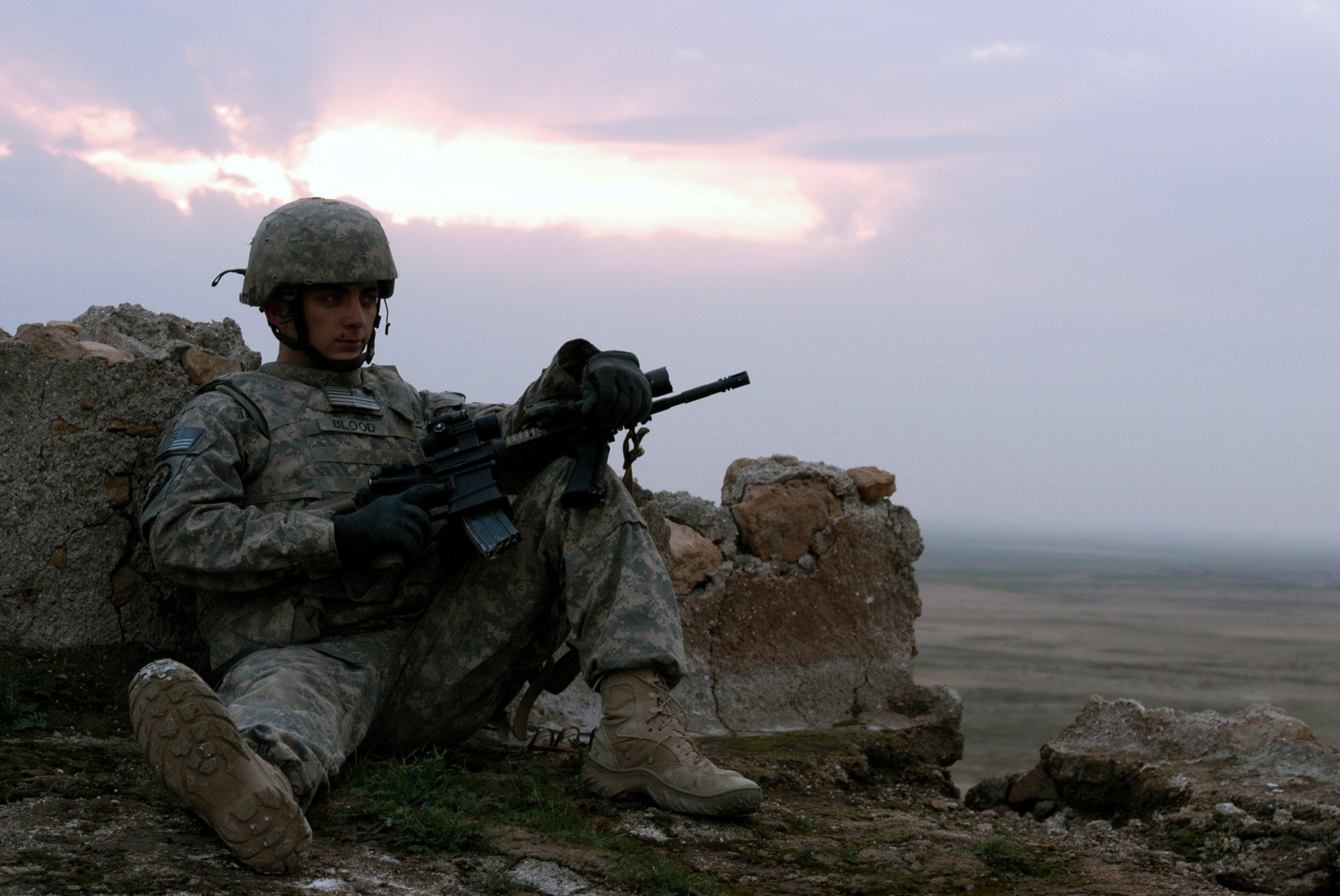
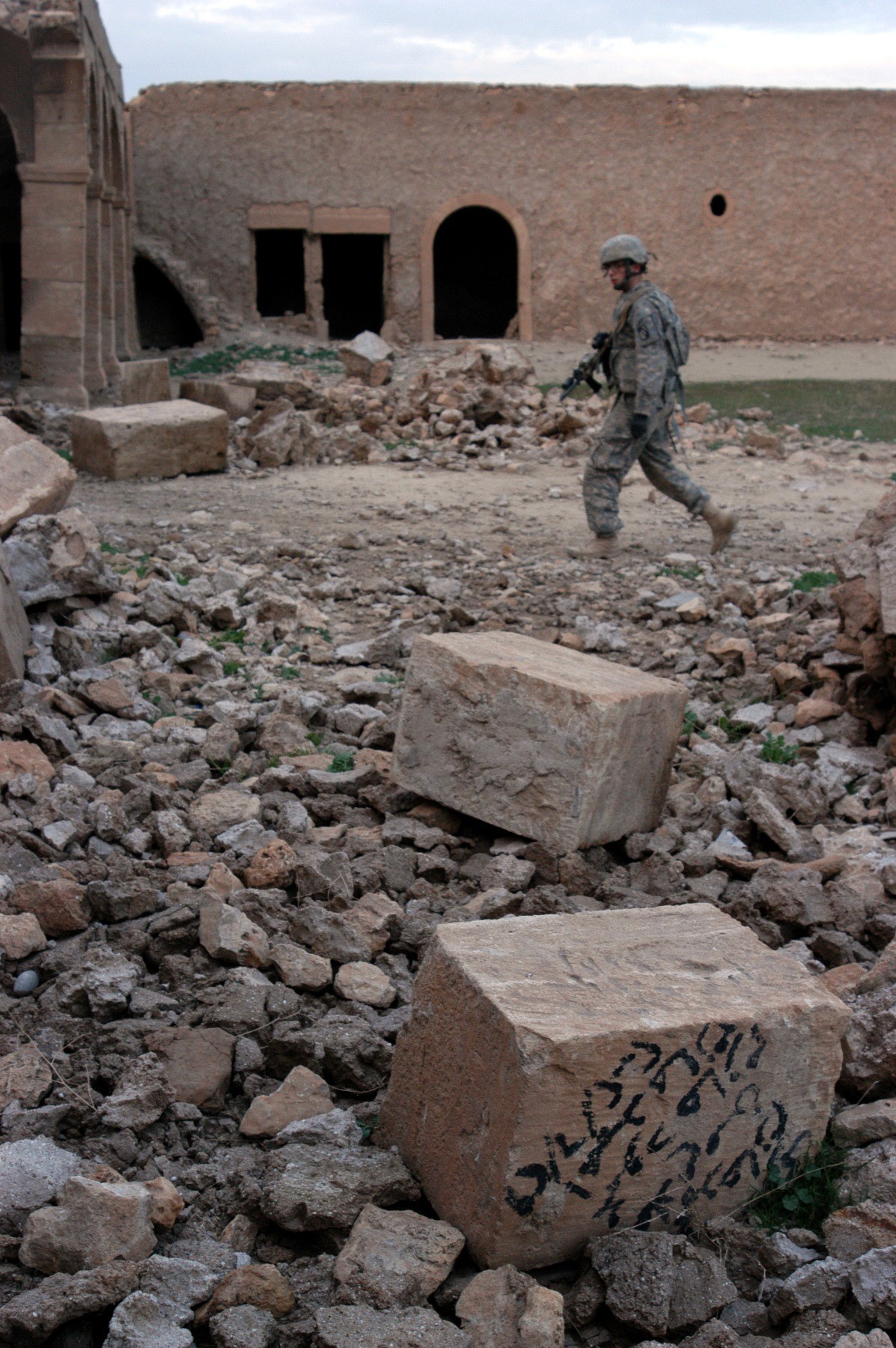
Social Sharing